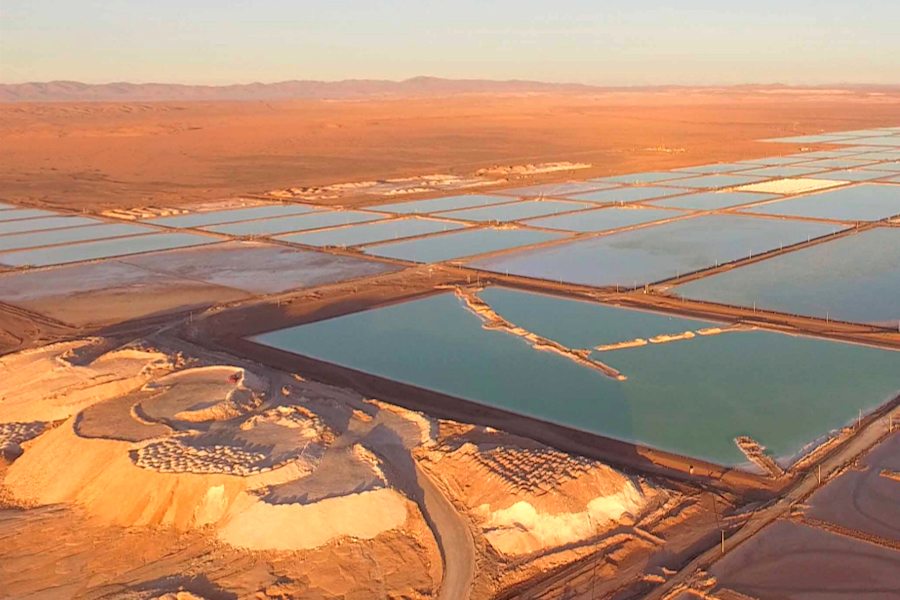SQM to cut water, brine use by 50% in ten years

To achieve its goals, SQM will have to invest $40 million in the first phase and $65 million for the second phase.
To achieve those goals, the miner will have to improve production processes and increase the use of sea water. It will require an investment of around $40 million in the first phase and $65 million for the second phase.
SQM also vowed to produce carbon-neutral lithium by 2030 as part of a larger, $100 million emissions reduction drive.
The lithium miner said the announced plan should not have an impact on it near- or long-term lithium production.
“There is no trade-off between being cost-competitive and being leaders in sustainability,” chief executive Ricardo Ramos said in the statement. “These are commitments that we assume out of conviction and voluntarily.”
SQM is now producing at record levels of roughly 70,000 tonnes for the year, which has allowed it to build higher levels of inventory ahead of an expected demand boom.
The company’s announcement, part of a new sustainable development plan, comes on the heels SQM losing a high-profile legal battle in Chile.
In 2016 Chile’s environmental regulator found that SQM had extracted more brine from the salt flat than permitted. A $25 million compliance plan presented by the company was dismissed by a court in Antofagasta in December.
Despite the company’s appeal, local regulators forced the company in August to start again from scratch an environmental compliance plan for its operations.
Bone of contention
Water has become a bone of contention for the expansion plans of both SQM and top competitor Albemarle (NYSE: ALB), both of which operate in the Atacama desert, where more than a third of global lithium carbonate supply is sourced.
Chile, which holds about 52% of the world’s known lithium reserves, lost its top lithium producer crown to Australia in 2018.
The country, however, is working on reversing that situation. It predicts that lithium will soon become its second-largest mining asset, behind copper. The commodity is currently the country’s fourth-biggest export.
SQM’s own expansion plans are on track to be completed by the end of 2021, it said in August.
The company expects to extract more lithium from the same amount of pumped brine by using brine earmarked to produce potash and using higher-grade wells.
SQM estimates that Chile would be able to increase its total lithium production through such methods to 300,000 tonnes of lithium carbonate-equivalent from its current capacity of just over 100,000 tonnes.




